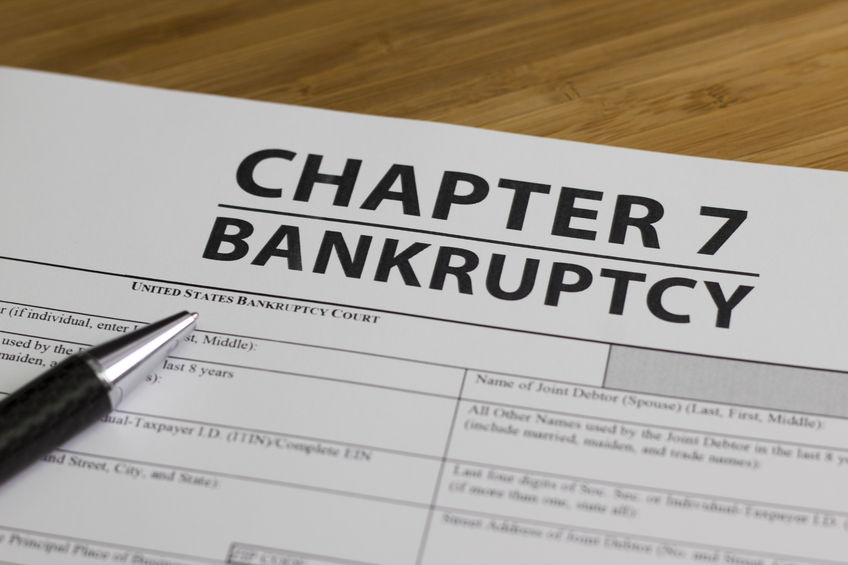 Filing for bankruptcy can be a huge relief. No more creditors calling at all hours of the day, no more unpaid bills stacking up on desks and counters. Once your debt is discharged, it’s important to take certain steps to protect yourself going forward and secure a solid financial foundation for the future of you and your family.
Filing for bankruptcy can be a huge relief. No more creditors calling at all hours of the day, no more unpaid bills stacking up on desks and counters. Once your debt is discharged, it’s important to take certain steps to protect yourself going forward and secure a solid financial foundation for the future of you and your family.
Here are some things to keep in mind.
What to do after filing for bankruptcy
1. Organize your paperwork
Filing for bankruptcy comes with a mountain of paperwork – bank statements, asset lists, debt declarations, court filings. As much as it feels like you should be able to send that stack straight to the shredder once the process is over, you should make sure that you hold onto all your records. Once the bankruptcy filing has been completed and the debt discharge has been issued, it’s important to keep all of the associated paperwork as part of your permanent records. Whether you keep paperwork in a locked filing cabinet or in PDF form in a cloud storage file, having your records easily accessible is important, in part because it serves as your record of being debt-free in case creditors or debt collectors are getting in touch with you after bankruptcy has been established.
2. Keep an eye on your credit report
Your bankruptcy won’t appear on your credit report instantly, but it will show up, usually after 2-3 months, and will ultimately impact your overall credit for up to ten years. Not only will you want to check your credit report regularly to makes sure that there are no other marks against you and that your score is steadily increasing with time, you’ll want to ensure that all your outstanding debts are reported as discharged. Anyone get a free full credit report for free once a year, while some consumers choose to use a free service like Credit Karma as a way to check it more regularly. Some credit card companies and banking institutions are now even offering regular credit monitoring as part of their service.
3. Avoid debt while rebuilding credit
A good credit score is important for being able to secure a loan, buy a home, or finance a vehicle. Just because you’ve filed for bankruptcy, it doesn’t mean that you have to give up on your financial dreams or goals. One way to work on rebuilding your credit is to get a secured credit card. Most secure credit cards are opened with no credit check and a security deposit, making them an easy and smart choice for rebuilding credit while keeping outstanding debt at bay. If you’re denied a secured credit card due to bankruptcy, you might want to open a checking account with a small bank or local credit union and inquire about a small loan or secured credit card option through them later down the line.
4. Build a better budget
Most people who file for bankruptcy have to go through some form of credit counseling. Use this to your advantage and create a real-life, working budget to help handle your monthly responsibilities, savings goals, and any debts that don’t qualify for discharge, such as student loans. Having a budget in place at the start of your post-bankruptcy life is one of the most crucial steps in securing a less stressful financial future. Using the education provided in bankruptcy-related courses is more than just mandatory to be able to move forward with a filing, but also essential to a more balanced life.
If you’re ready to take back control of your finances and put an end to the burden of debt, give us a call today for a free consultation. We can help you navigate the bankruptcy process with expert assistance and support.

